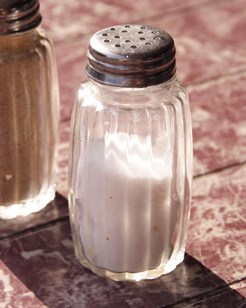Guest Speaker: Twenty-five Years of Culinary-Arts Education
Wednesday, 30 March 2011 20:43By Mary Petersen
 CAFÉ’s founder and executive director says combining the worlds of food and education has been the best ride of her life.
CAFÉ’s founder and executive director says combining the worlds of food and education has been the best ride of her life.
Being a guest speaker for “The Gold Medal Classroom” is an opportunity to reflect on, evaluate and possibly predict a particular topic of interest to foodservice instructors. I have had the privilege of this form of dialogue for many years with chefs who have become involved with education as well as educators who jumped (or were pushed) into the culinary-arts arena.
My reflection will be brief: Twenty-five years ago the majority of culinary-arts programs were certificate programs; there were no national standards as to the guidelines for a well-rounded curriculum; and the majority of our education was apprenticeship style (worthy of skills, though not as comprehensive as some liked). The American Culinary Federation stepped up to the plate and committed resources to recognize postsecondary programs that were willing to evaluate what they did against standards, host an on-site team of chefs and educators, and then make changes per the team’s suggestions so as to raise the bar for industry expectations of graduates.

 The fifth-annual Student Culinology® Competition at RCA’s 2011 conference exemplified the blending of culinary art and food science.
The fifth-annual Student Culinology® Competition at RCA’s 2011 conference exemplified the blending of culinary art and food science. Technomic finds customization, complexity and portions driving frozen-dessert restaurant purchases.
Technomic finds customization, complexity and portions driving frozen-dessert restaurant purchases. Healthier breakfast items are the order of the day as breakfast sales at restaurants rebound.
Healthier breakfast items are the order of the day as breakfast sales at restaurants rebound. Older Americans consume less sodium than Millennials, but all generations consume more than recommended, particularly according to the new USDA guidelines.
Older Americans consume less sodium than Millennials, but all generations consume more than recommended, particularly according to the new USDA guidelines.